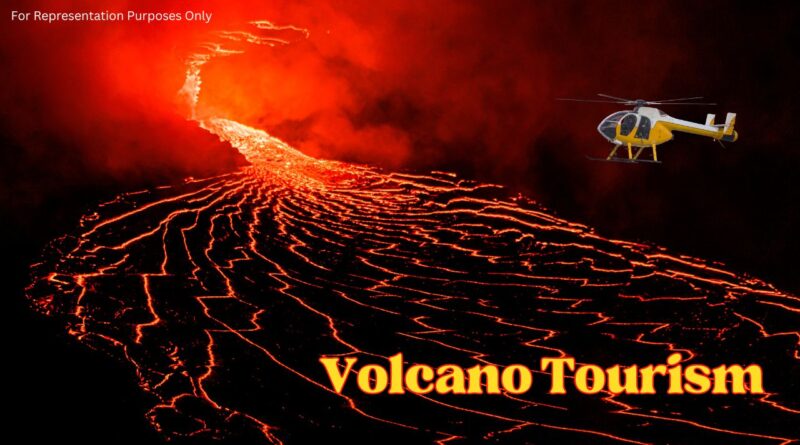Volcano Tourism
Guest Author: Fazal Firdausi
Introduction
When I was a kid, we used to live in Ramgarh Cantt, a small dusty cantonment town in India. Though it is a historic town, nobody knew about the town until recently when truck driver R Rajesh’s vlogs became famous. Thanks to the power of social media. But why am I telling you this story? Because Ramgarh Cantt is situated in the Chotanagpur Plateau. Those who study geography must be aware that the Chotanagpur Plateau is made up of igneous and metamorphic rocks, which contain a lot of mineral wealth.
During my childhood, I sometimes used to roam around the cantonment area with my friends, and we collected crystals. Once I asked my father (who was an Urdu Literature person) what it was. Is it a diamond? My father told me that the area where we are living was once a volcano; therefore, such rocks are present. They are crystals because they couldn’t become diamonds. You can get real diamonds near real volcanoes.

Since then, I developed a fascination for volcanoes. Later in life, I read in the NCERT Geography Books that Volcanoes can also contain rarer minerals, including diamonds and gold. These are brought to the surface from the mantle in a special type of magma called kimberlite. As a teenager, I got to see some amazing close-up shots of volcanoes on television on the Discovery Channel and National Geographic. However, I had this notion that those visiting volcanoes may be scientists or geologists. Never in my life had I imagined that Volcanoes would become a niche tourist segment. And people will pay an excessive amount of money to see the real volcano.
Defining Volcano Tourism
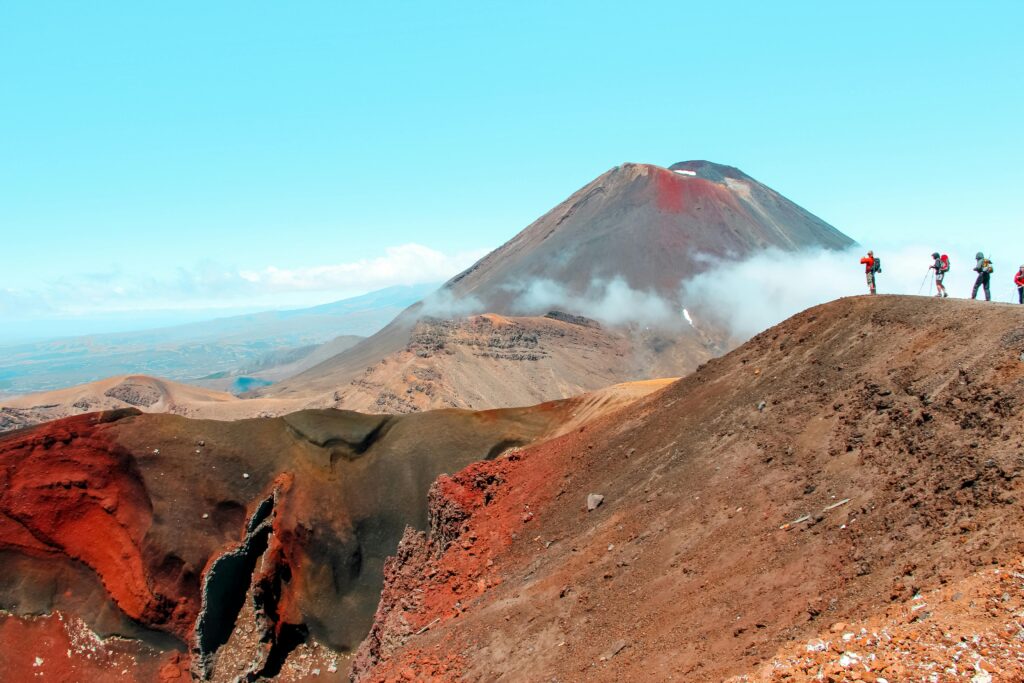
Volcano tourism is a type of geoheritage tourism. It is a travel niche focused on visiting volcanic areas and exploring their geological features. Volcanoes are dramatic reminders of the Earth’s dynamic forces. Tourists are drawn to experiencing eruptions firsthand or at least observing the aftermath of volcanic activity.
I was also amazed to see such a dramatic reminder of Earth’s fury in the form of volcanoes in one of my favourite films, The Lord of the Rings: The Return of the King (2003). In the scene, Battle of Mordor, where Frodo Baggins and Samwise Gamgee are on their quest to destroy a Ring in the fires of Mount Doom, which is a fiery, active volcano that constantly spews lava and ash. Frodo and Sam are forced to use the volcanic terrain to their advantage, taking cover behind rocks and dodging molten rock flows. Besides fierceness, volcanic regions often have stunning scenery, with unique rock formations, craters, lava flows, and geothermal features like hot springs and geysers. It can also help us gain a deeper understanding of plate tectonics, and the formation of our earth and its interior.
Supply Side – Where Volcanoes are Located?
According to USGS, there are around 1350-1500 volcanoes in the world, excluding underwater volcanoes. Out of that, around 500 were confirmed to have erupted in historical times. The vast majority of these active volcanoes are concentrated around the margins of tectonic plates. The most prominent zone for volcanoes is:
- The Pacific Ring of Fire: This region around the margins of the Pacific Ocean is home to over 400 volcanoes, making it the area with the most volcanic activity. It includes countries like Indonesia, Japan, the United States (Cascade Range and Alaska), and Chile.
Other Areas
- Mid-Oceanic Ridge: Volcanoes of Iceland.
- Mid-Continental Belt: This includes volcanoes in the Mediterranean.
- Volcanoes are also found in other parts of the world, including East Africa and even Antarctica.
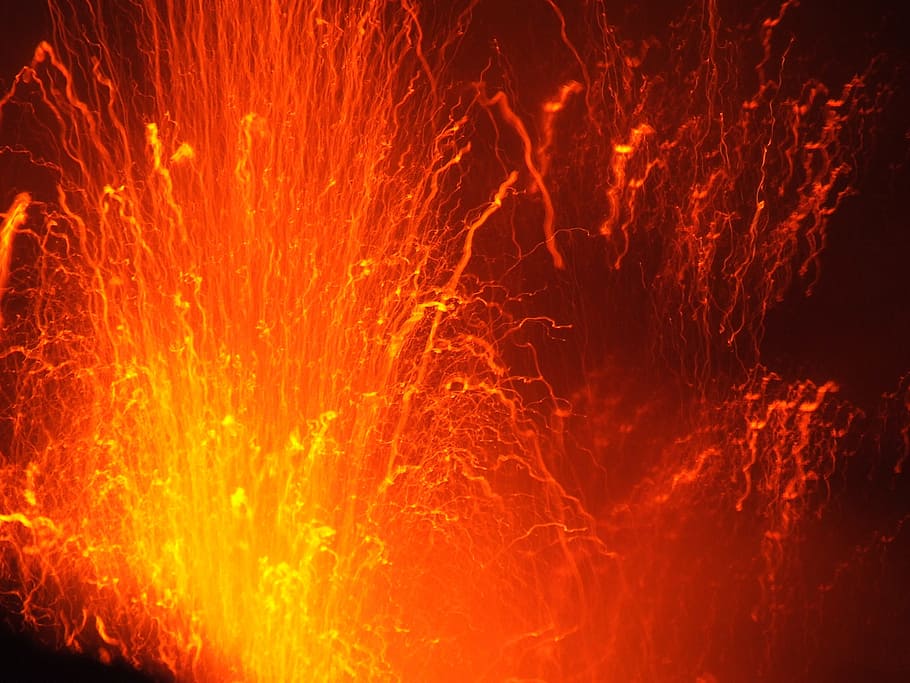
It includes the following countries:
- Indonesia is home to over 130 volcanoes. Mount Bromo is an active volcano and has a scenic caldera complex.
- Iceland is nicknamed the “Land of Fire and Ice,” Iceland is a geologically active country with numerous volcanoes. Mount Hekla, Eyjafjallajökull, and Fagradalsfjall are popular volcanoes.
- Italy has a long history of volcanic activity. Mount Etna is Europe’s tallest and most active volcano, and Stromboli is nicknamed the “Lighthouse of the Mediterranean.”
- Japan is a land of fire, with over 100 volcanoes, including Mount Fuji, an iconic volcano revered by the Japanese people.
- The Philippines is part of the Pacific Ring of Fire. Mount Mayon is considered the most perfect volcanic cone in the world.
- The Democratic Republic of the Congo (DRC) also has active volcanoes, particularly in the Virunga National Park. Nyiragongo Volcano is one of the most active volcanoes in Africa.
Demand Side – Is there a market?
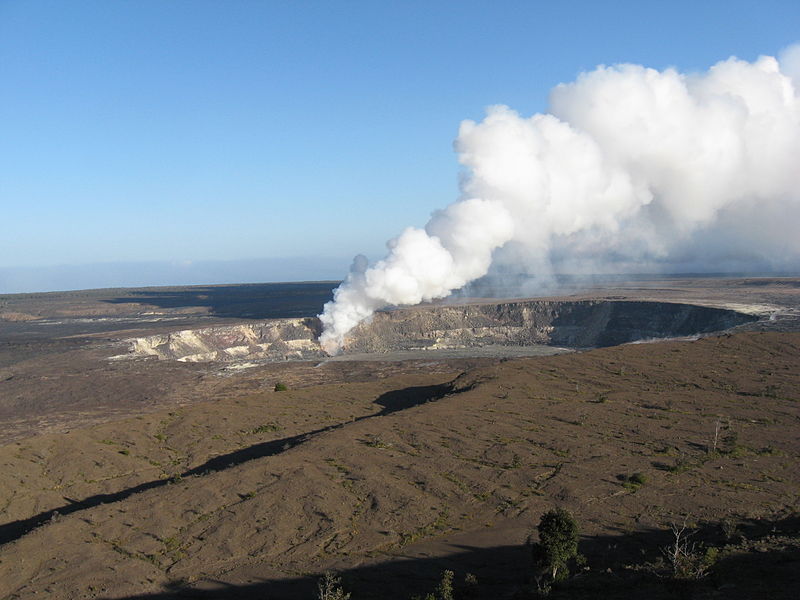
The volcano tourism market is very fragmented. UNWTO publishes data on adventure tourism, but separate data on volcano tourism is not freely available. According to news reports, since the Fagradalsjall (Iceland) eruption in March 2021, more and more tourists have been coming to witness the eruption. As per the Icelandic Tourist Board, more than 356,000 tourists visited the spot after the eruption. Likewise, “Hawaiʻi Volcanoes National Park is a World Heritage Site adored by tourists who come to explore the active volcanoes of Kīlauea and Mauna Loa. In 2021, 1.3 million people visited Hawaiʻi. Volcanoes National Park and contributed approximately $117 million to local communities. The local spending helped create 1,220 jobs and produced a total benefit of $154 million for the island of Hawaiʻi.On the basis of the data received from individual countries, it can be said that the demand for volcano tourism is rising day by day.
Activities Offered
This type of tourism can involve activities like:
- Hiking to volcanic craters or viewpoints
- Taking guided tours of active or dormant volcanoes
- Visiting geothermal areas
- Learning about volcanic history and hazards
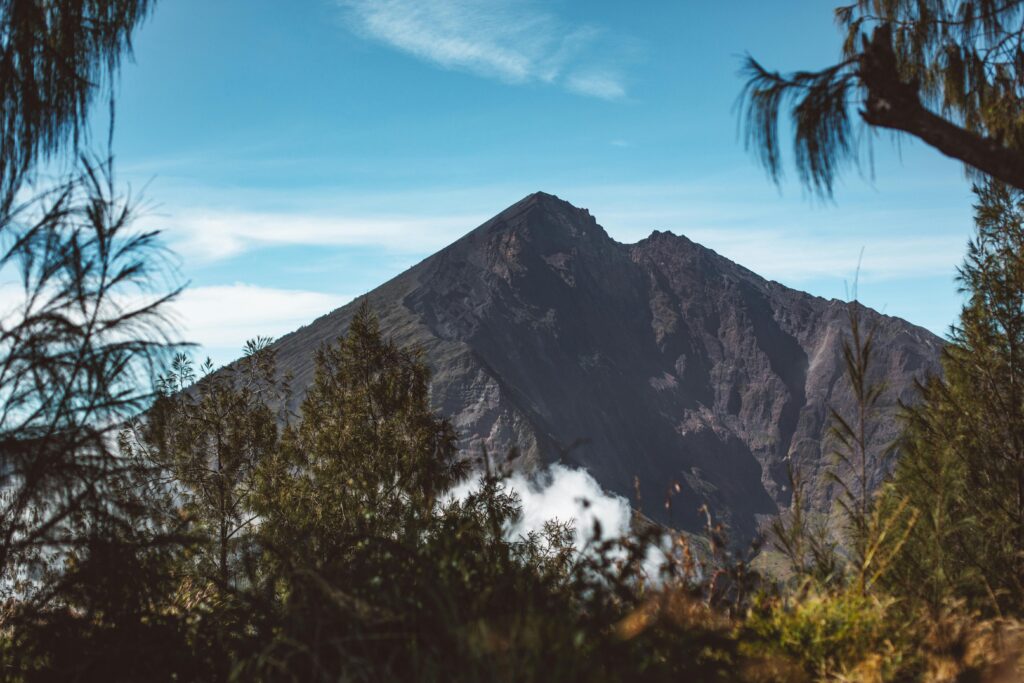
Risks Involved
Volcano tourism inherently carries risks due to the unpredictable nature of volcanoes.
Volcanic eruptions: The most obvious risk is an eruption while you’re near a volcano. Visitors may get injured by ashfall, lava flows, pyroclastic flows (superheated rocks, gas blasts), and lahars (mudflows).
Seismic activity: Volcanic areas are often prone to earthquakes as the molten rock underground shifts. Earthquakes can trigger secondary hazards.
In September 2014, Mount Ontake in Japan erupted suddenly without warning, spewing ash and pyroclastic flows. It caught many hikers by surprise, resulting in 63 fatalities and over 100 injuries. Similarly, the eruption of White Island, also known as Whakaari, in New Zealand on December 9th, 2019, led to the death of 22 tourists.
Also Read: Iceland Volcanic Eruptions Disaster Preparedness and Tourism
Conclusion
To carry out safe volcano tourism, it’s crucial to follow the guidelines provided by local authorities and experts. Iceland is an example of safe volcano tourism, where visitors are provided with necessary safety gear, and areas are cordoned off to avoid accidents. GIS technology can help in volcano tourism by providing real-time data on volcanic activity, mapping out evacuation routes, analyzing the potential impact of volcanic eruptions, and identifying high-risk areas.
